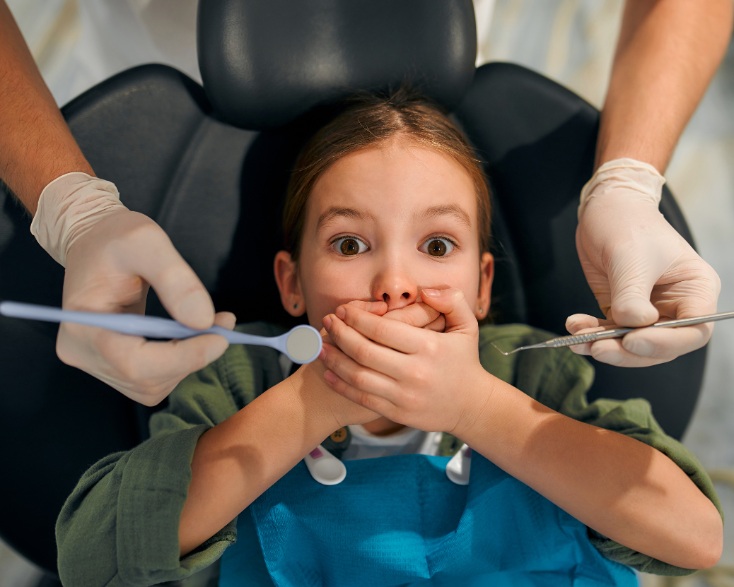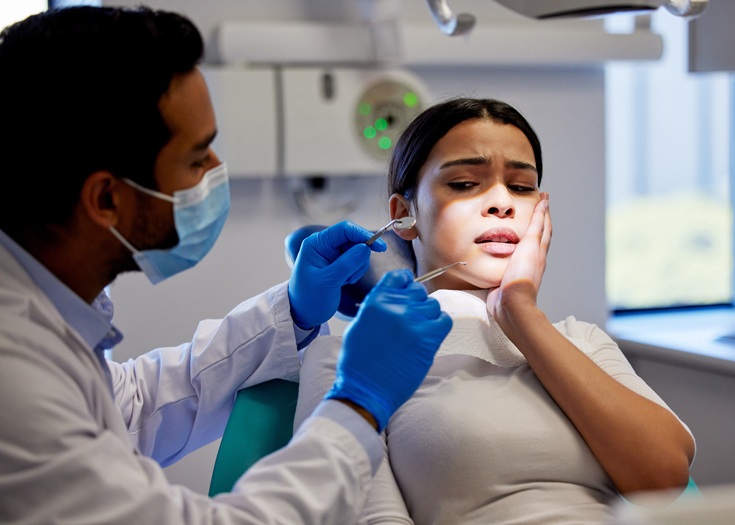How Emergency Dentists Treat Dental Trauma in Children?


A routine afternoon can be turned into an emergency when a child falls face-first while playing. There’s crying, panicking, and then—the gory sight of a broken tooth. Nobody prepares you for that moment. And although your first instinct may be to shout hospital, what your child needs is an emergency dentist who is calm and competent.
Dental trauma in kids is not all about chipped teeth. It’s about long-term oral health, development, and comfort. Rushing into action is crucial—but so is having a clear understanding of exactly what professionals do to treat it the right way. That’s where this guide fits in.
What is Dental Trauma in Kids?
Dental trauma is any accident or impact causing injury to the teeth, gums, lips, tongue, or jaw. It’s most often seen in children, particularly while playing sports, on the playground, or when riding bicycles.
Some common causes of dental trauma are:
- Tooth fractures (cracked, chipped, or broken teeth)
- Avulsions (teeth knocked entirely out)
- Luxations (loose or out-of-position teeth)
- Soft tissue injuries (lacerated gums or lips)
- Intrusions (tooth pushed into the gum)
Pediatric dental trauma isn’t always apparent. What appears to be a minor bruise can conceal a more serious issue beneath the surface. That’s why emergency dental treatment isn’t a choice—it’s essential.
Immediate Response: What Emergency Dentists Do First
The initial step is stabilizing the injury and the child.
Emergency dentists understand kids aren’t small adults. Their physical and emotional reactions are different, particularly in a crisis. That’s why pediatric dental treatment emphasizes:
- Rapid evaluation of the injury
- Pain control with child-friendly methods
- X-rays to evaluate root and jaw injury
- Preservation or replacement of the tooth if necessary
Emergency dentists also communicate closely with the family to tell them what’s going on, in a reassuring way that makes the child feel secure. Parents are an important part of this—part of the care team.
How Do Emergency Dentists Treat Different Injuries?
Avulsed (Knocked-Out) Teeth
If it’s a baby tooth, reimplantation isn’t usually done. Pushing it back could damage the underlying permanent tooth.
If it’s a permanent tooth, the dentist can:
- Rinse and replace the tooth (if not already replaced)
- Splint to adjacent teeth for stabilization
- Prescribe antibiotics and arrange follow-up treatment
- Perform root canal therapy if pulp damage is detected
Time is of the essence here. Teeth stored in milk or saliva during transportation have a better chance of reimplantation.
Broken or Cracked Teeth
Treatment varies according to the depth of the crack:
- Small chips can be smoothed or filled with composite resin.
- Deeper cracks can require dental crowns for shape and function restoration.
- Exposed pulp will require root canal treatment to avoid infection.
The dentist will also examine for fragments that might have become embedded in the gums or lips.
Displaced or Loose Teeth
For luxated teeth (forced out of position), emergency dentists will:
- Reposition the tooth
- Apply splints to aid healing
- Follow the pulp over time with follow-up appointments
If the tooth dies in the future, further treatments might be done to save it.
Soft Tissue Injuries: Not All About Teeth
Oftentimes, the injury isn’t in the teeth—it’s in the lips, cheeks, or tongue. These types of injuries can bleed profusely and frighten both children and parents.
Emergency dentists will:
- Clean the wound gently
- Control bleeding using pressure or a local anesthetic
- Decide whether or not stitches are needed
- Provide instructions on how to prevent infection
It’s also a good moment to look for tooth pieces stuck in the tissue—something parents commonly miss.
How Is Dental Trauma Different in Baby vs. Permanent Teeth?
Not all teeth are treated equally. Primary (baby) teeth act as placeholders for permanent ones.
For baby teeth:
- Dentists seek to minimize pain and prevent infection
- They will normally not reimplant an avulsed primary tooth
- Watchfulness is paramount to save underlying permanent teeth
For permanent teeth:
- Retention is the most desirable aim
- Early intervention decreases the likelihood of root resorption
- Aesthetic repair can be necessary subsequently
This differentiation is paramount—and it’s part of why consulting an emergency dentist with expertise in pediatric treatment is important.
What You Should Do Before You Reach the Dentist?
Being aware of what to do before arriving at the clinic can help.
Here is a quick guide:
- Knocked out tooth? Pick it up by the crown, never the root. Rinse thoroughly. Put it in milk or saliva.
- Bleeding gums or soft tissue? Clean the area using gauze and put pressure on the wound to stop bleeding.
- Broken tooth? Preserve the fragment in a clean cup and take it to the dentist.
- Jaw injury? Avoid chewing and seek immediate medical assistance.
Don’t procrastinate. Even small injuries conceal major damage.
Dental trauma in kids isn’t merely a physical issue—it can impact their self-esteem, eating, speaking, and more. Whether a chipped tooth or a serious mouth injury, receiving treatment immediately makes all the difference. Emergency dentists know how to handle children with gentle, effective ease. They not only aim to treat the problem but also to comfort your child and avoid long-term consequences.
If your child experiences a dental emergency, don’t delay. Call your local dental clinic in Phoenix immediately and request urgent care. The sooner you do it, the better the result.





